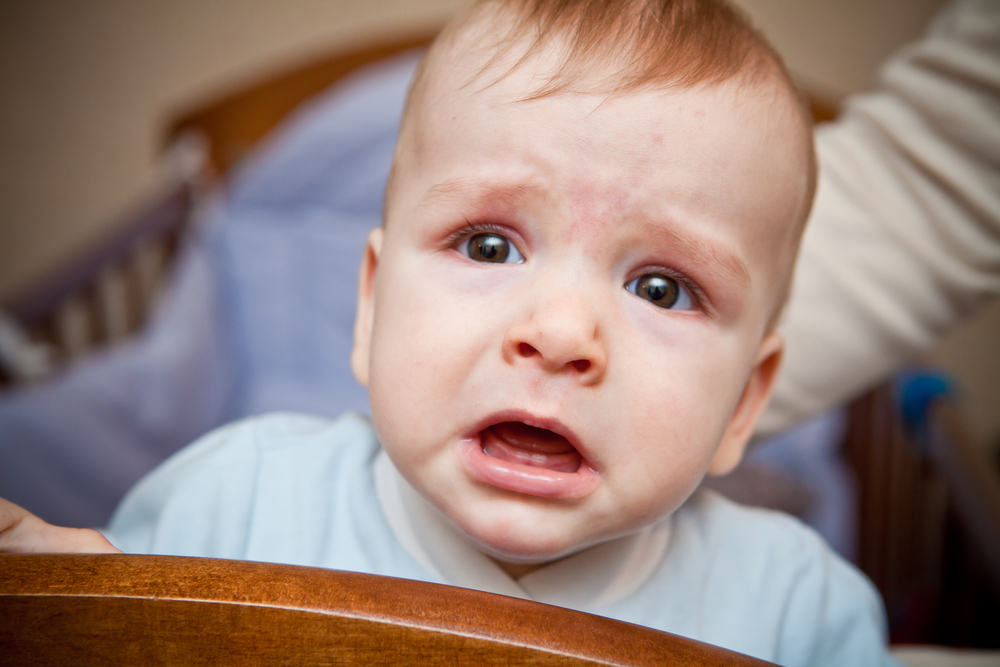Across Europe, families entrusted fertility clinics with what appeared to be a standard process: sperm donation.
What remained unknown was that a perilous genetic alteration was stealthily being transmitted from one child to another.
It began with two families whose kids were found to have cancer, leading them to contact their healthcare providers for assistance.
Tolong support kita ya,
Cukup klik ini aja: https://indonesiacrowd.com/support-bonus/
The genetic test results were alarming: both kids had acquired a rare mutation associated with cancer. Interestingly, they had been conceived using sperm from the same unidentified donor.
One benefactor, numerous households
A probe linked the instances to one individual who utilized his sperm to father a minimum of 67 offspring across eight distinct nations.
Out of the 67, 23 children were discovered to have the same uncommon TP53 gene variation.
Up until now, 10 individuals have been diagnosed with severe forms of cancer, such as leukemia and non-Hodgkin lymphoma.
The mutation currently thought to be responsible for Li-Fraumeni syndrome greatly elevates the likelihood of developing cancer.
Routine check-ups and continuous surveillance are now recommended for those children who have been impacted.
The donor’s mutation was not identified when they donated in 2008. The standard screenings available then were unable to pick up this mutation, and the donor continues to be healthy.
However, the repercussions for his genetic children are unraveling tragically.
A request for global restrictions and improved monitoring
Specialists currently caution that this situation reveals a significant loophole in regulatory oversight.
Although the European Sperm Bank restricts each donor to contributing to a maximum of 75 families, there isn’t an overarching global limitation set for this practice. Additionally, there’s currently no mechanism in place to monitor offspring conceived through donors internationally.
Experts in research and ethics argue that such changes are necessary. In the absence of stricter rules, improved screenings, and unified monitoring systems, additional households might inadvertently encounter similar misfortunes.
As an expert once said, “It’s not appropriate for everyone to father 75 children throughout Europe.”
The total count of children conceived through this donor is still unknown. The sperm bank has refused to provide specific numbers, adding to the worries.
This piece relies on data sourced from
The Guardian
.







